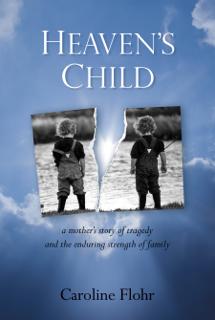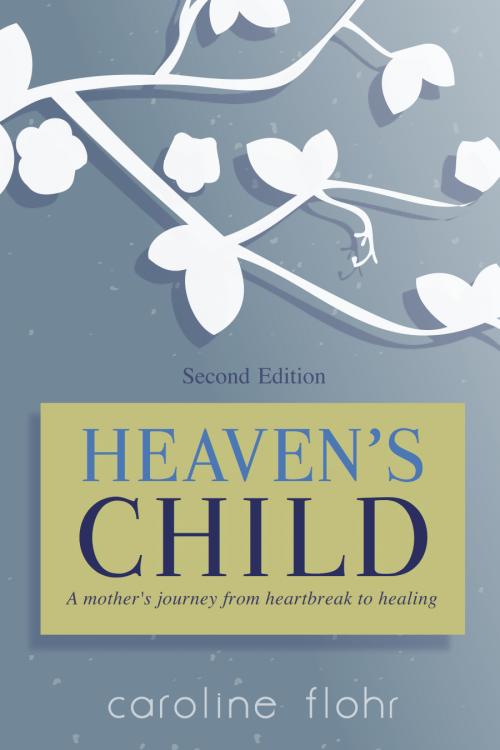THE FORGOTTEN GRIEVER
The sibling bond is often overlooked when a sibling dies…and siblings do have a very special relationship. When considering grief, it’s the familial relationship least studied. It’s most unfortunate because our children who live often become the “forgotten griever.” And yet, just like us, their lives are not the same because relationships change when a child dies.
Losing a sibling has a special grief all its own. It’s as if they’ve lost part of their past and their future. When one child dies, the surviving sibling must grow up faster than anyone should, losing the innocence of childhood. Most often they find themselves in a new role—taking care of others, and their identity is gone. Sometimes they feel they’ve lost their parents to the overwhelming grief because we, as parents, do not function as before our child died. And watching us grieve can be harder than their own grief.
Unbeknownst to us, fear sets in and consumes their thoughts. Will someone else they love die? Loneliness can overwhelm with the realization that there is no shared future, only memories to recall. And often times, friends do not know how to respond. When an important event occurs, the grief gets reprocessed. It comes back in waves. Anxiety, panic attacks, sleeping issues, and depression are common. Medication and sleeping aids can help. Sleep is very important in the healing process. Suicidal thoughts are not far away. Isolation from the lack of attention and support can also lead surviving siblings down this path. They may want to be with their sibling again. Some will attempt suicide at least once. But thankfully, lingering in the back of minds is the hurt it would inflict on parents and others they love. Professional therapy can help, if the sibling is open and willing. Sometimes the surviving sibling just needs someone to talk to. Sometimes the therapist can offer insight that their feelings are normal. Sometimes therapy isn’t productive. And that’s okay. Or maybe the child who lives believes that Heaven awaits them, where their sibling now is. In either case, hopefully the attachment to immediate family awakens and strengthens with more appreciation, openness and love.
In the early days, if possible, focus on your children who live. Children are often more resilient than us. As I found my daughter, Sarah, alive within, I discovered more grace to confront my own grief. And as I watched my surviving children navigate their days with more depth and return to the joys and pleasures of life before their sibling’s death, then my daily routine became more manageable.
Just as we find ourselves struck with denial, anger, guilt, and regrets, so do our children who live. I learned from my children who live that these three actions were most important to them when grief set in.
- LISTEN…because I will hear.
- BE PHYSICALLY PRESENT and PATIENT.
I cannot eliminate their pain. But my presence and my caring response let them know that they are not alone. I schedule one-on-one time with each of my children just as I schedule a date with a friend. I am learning to truly embrace their unique qualities.
- SAY THE NAME OF THE DECEASED SIBLING frequently. I weave Sarah’s name into everyday conversation. It lets my family know that Sarah is not forgotten. We share stories and memories. I am learning to keep communication open. I ask my children to be open to signs from their sister. Those signs offer great comfort.
Each of us grieves, and each griever must find his own way. Grief doesn’t necessarily coincide with any stages. We must honor the uniqueness of grief. It’s a life-long process of jumping back and forth and every place in between. And when in our darkest moments, look to the love and spirit of our children who live. I have found that the love and resilience of my four children who live heals and strengthens me in ways I’d never known before my daughter, Sarah, died. Today we all walk together.
Article Images





Comments